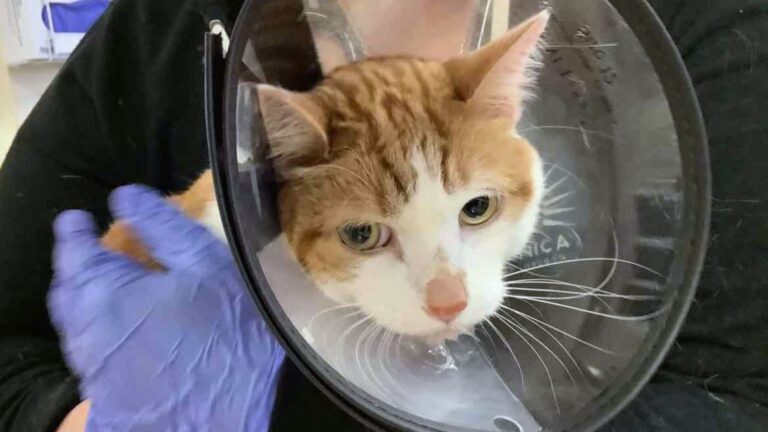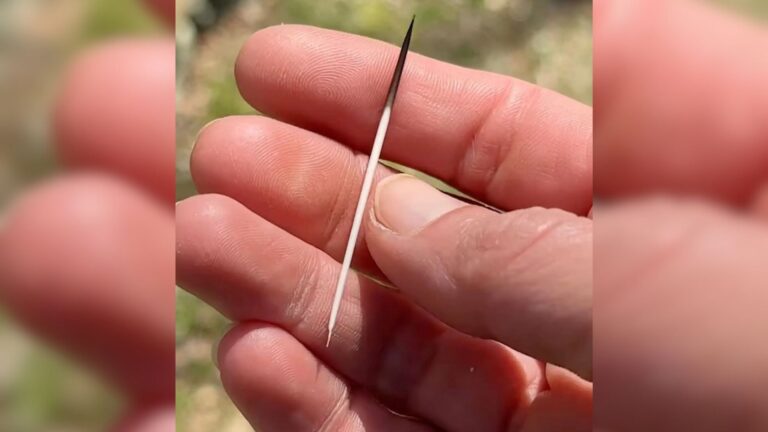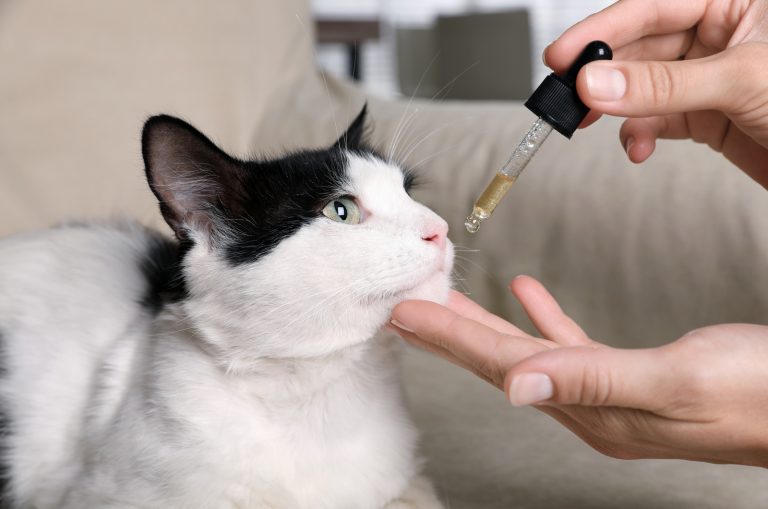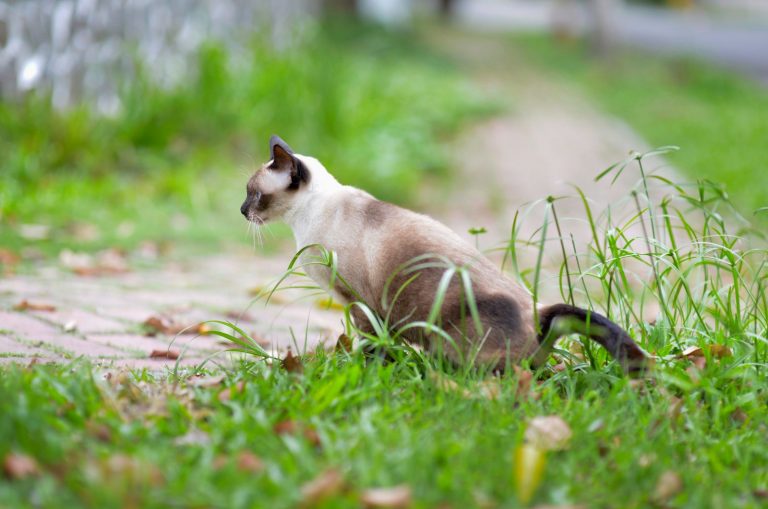What Is Whisker Fatigue And What Can You Do About It?
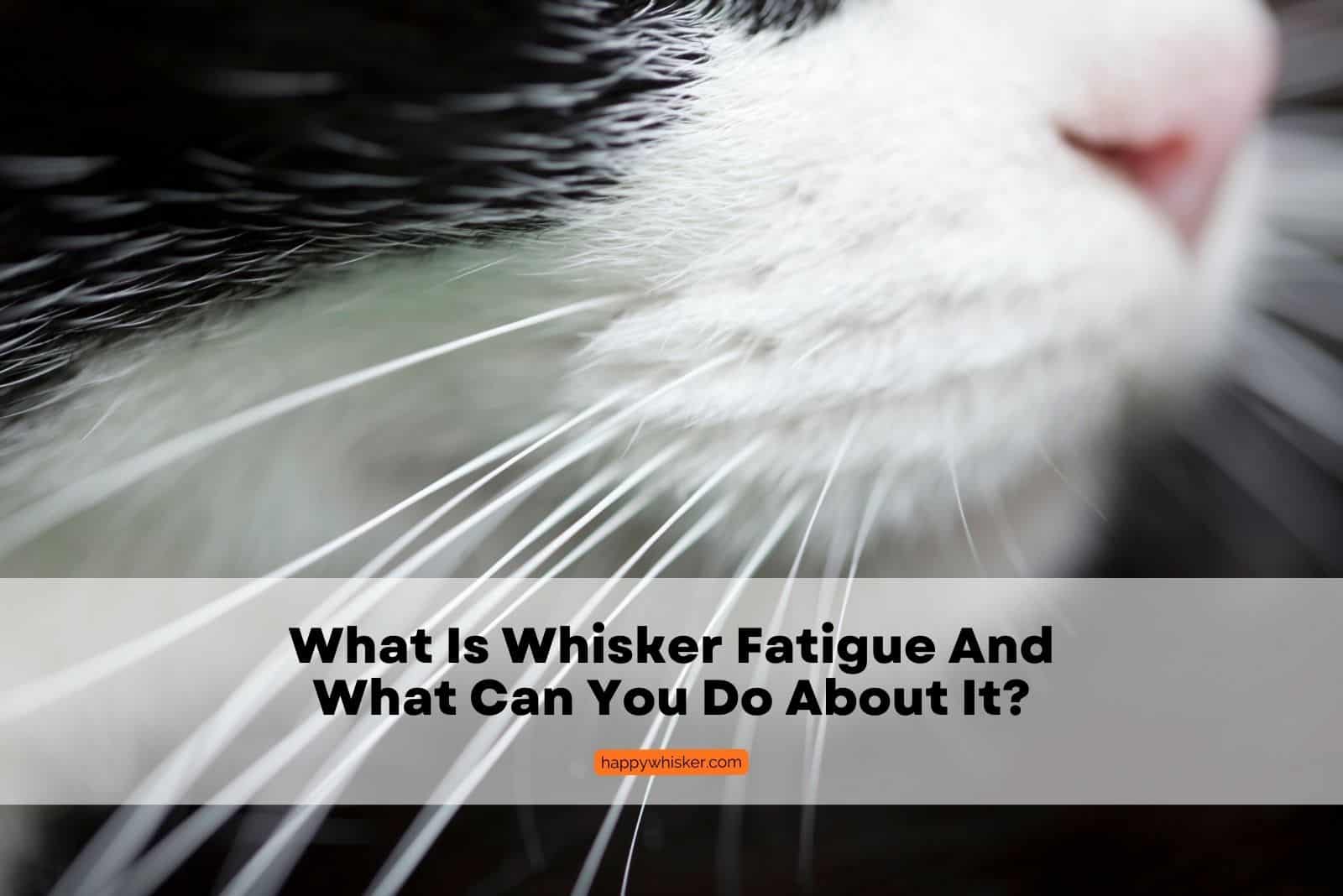
Whisker fatigue is a somewhat confusing topic. Most veterinary experts suggest it is not even real due to the fact that it’s “not in the textbooks”. However, cat enthusiasts and pet owners, in general, believe in this condition.
Whisker fatigue is not an illness, per se, so it is worth debating and explaining. Cat health is the most important factor for any owner, and it is something that is on your mind all the time. Especially when changes in your cat’s behavior occur.
All in all, whisker fatigue is said to develop when a cat eats or drinks from a small, narrow, or high-sided bowl, which causes its whiskers to touch the sides whenever the cat drinks or eats. Let’s see why this is a problem and what you can do to help.
What Is Whisker Fatigue?
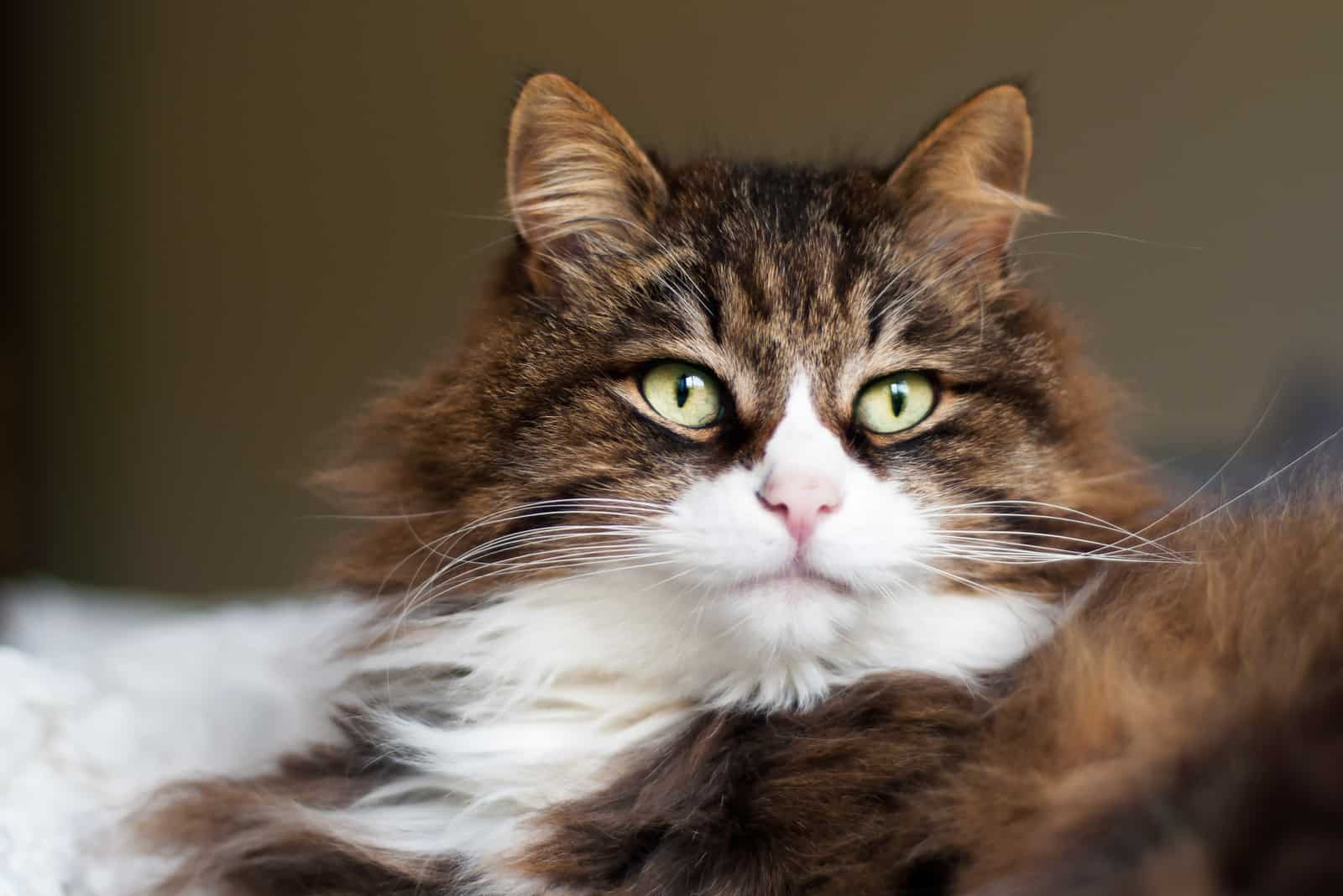
Whisker fatigue, or rather tiredness, occurs when your cat uses its whiskers more often than normal. Although this condition is not permanent, your cat will most likely avoid using its whiskers while the condition is present.
If your cat is naturally fearful or anxious, it will have increased whisker fatigue since there is more stress on its whiskers.
Additionally, cats with longer whiskers are more prone to whisker fatigue since their whiskers come into contact with more stuff every day, which creates an overload of sensory input.
Basically, whisker fatigue is merely an overstimulation of the whiskers’ sensory system. This overabundance of stimuli may cause your cat to become irritated, nervous, or stressed.
When your cat’s whiskers are stroked excessively, even if it’s as simple as brushing them against the food bowl or a slight change in the air current, your cat’s brain receives a lot of sensory data.
You might also be interested in: Cat With Black Whiskers – Is Your Furry Friend Getting Older?
Signs Of Whisker Fatigue
In case you’re worried your cat might be stressed due to whisker fatigue, or you believe that it might be experiencing whisker fatigue for any reason, check out the most common signs associated with it.
• Your cat makes a mess while drinking or eating
• Your cat carefully approaches its food and water bowls, even though it’s hungry
• Your cat drops its food and eats it off the ground rather than out of its bowl
• Your cat stops eating but is still hungry
• Your cat refuses to finish its meal when it gets to about half of the bowl
• Your cat’s behavior changes, i.e. it acts aggressively towards you or other pets in the house
What Causes It?

Your cat uses its “facial antennae” to explore the environment, but your cat can’t shut out the information that is irrelevant to it. Your cat will feel and experience stimulation from everyday mundane surroundings, such as its food and water dishes.
So naturally, any time your cat touches its food or water bowl, it might cause whisker fatigue. Observing your cat’s behavior around the food bowl or water bowl will help you understand if your cat is stressed and will give away any signs of whisker fatigue.
The most common cause of whisker fatigue is over-stimulation of whiskers, in which case you’ll notice your cat pacing in front of the bowls, being reluctant to eat yet seeming hungry.
You’ll notice it pawing at food and eating off the ground, avoiding mealtime, or acting aggressively toward other animals around food.
Of course, these behaviors can be associated with other potentially severe health issues such as dental disease, oral tumors, gastrointestinal problems, or behavioral issues, and more, so if you have any worries about your cat’s well-being, you should consult your vet.
Is Veterinary Treatment Necessary?
Whisker fatigue is not a sickness. It isn’t caused by some disease, nor is it connected to one. Whisker fatigue appears to be induced mostly by your cat’s daily interaction with its bowl, i.e. the sides of the bowls.
A stressed cat is an unhappy cat, so if whisker fatigue is overlooked, your cat could become underweight and/or dehydrated.
Also, if you’ve noticed some signs of whisker fatigue and have made adjustments in your cat’s food bowl and all cat bowls in your home, and your cat doesn’t seem any better, you should visit the vet.
Perhaps your cat has overly sensitive whiskers and needs more time to heal from whisker stress, or there might be something more severe going on.
How To Prevent It?
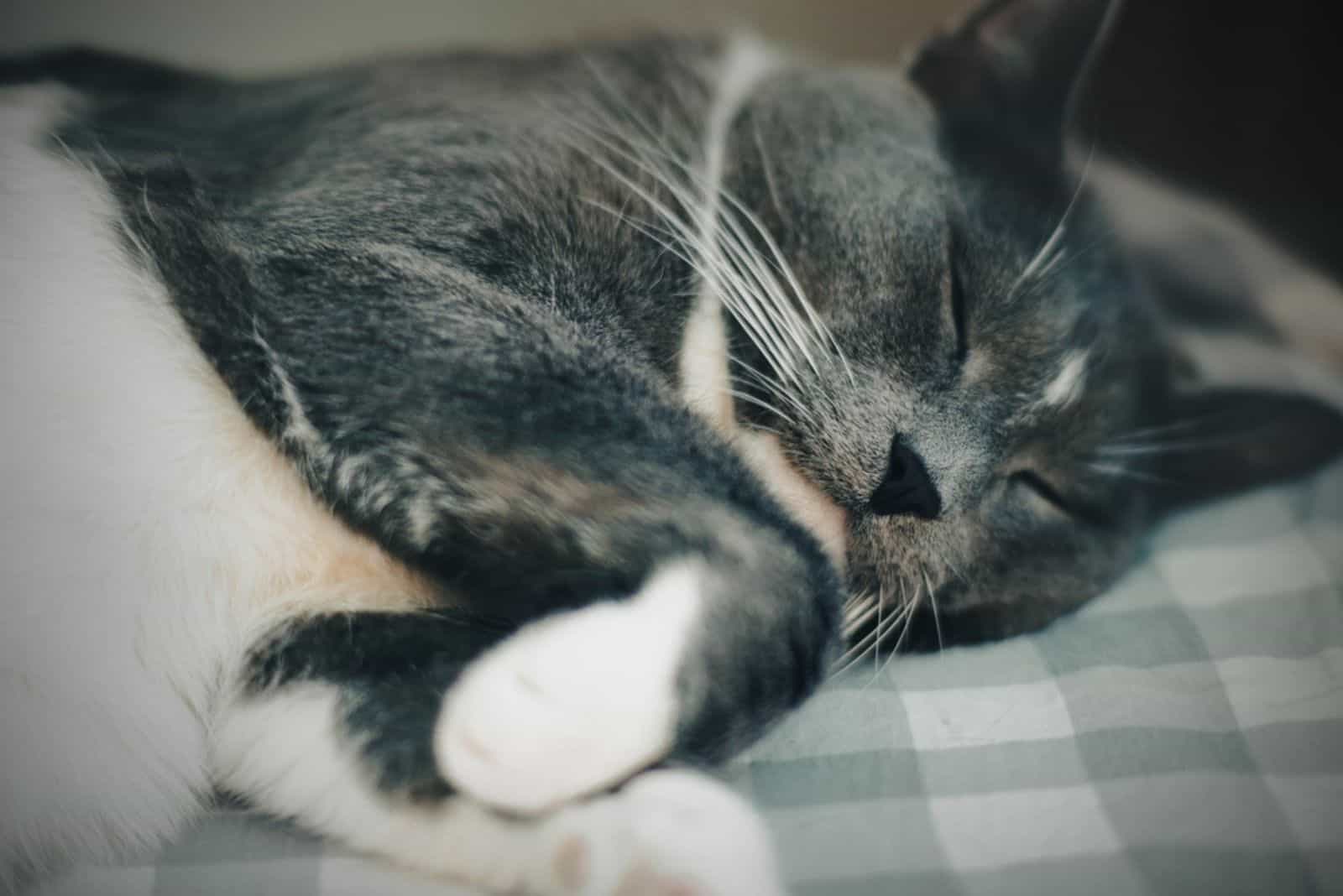
Fortunately, reducing or eliminating stress caused by whisker fatigue is simple. The best solution is to change your cat’s water and food bowls. You can find different types of bowls and bowl stands that are “whisker-friendly”.
You can provide your cat with a wider bowl as well, so its whiskers don’t touch the sides of the bowl while it drinks or eats. You can also use a plate instead of a food bowl if it helps. Another problem-solver a lot of cat owners turn to is a water fountain.
Most cats prefer not only fresh and clean water but a flowing water source, and a water fountain has been reported as a great choice.
Note: never cut your cat’s whiskers.
Some cat parents have felt like this could solve the problem of whisker fatigue, but it can not. Trimming or cutting your cat’s whiskers will only stress your pet even more. Read more about it in What Happens If You Cut Your Cat’s Whiskers?
Why Do Cats Even Have Whiskers?
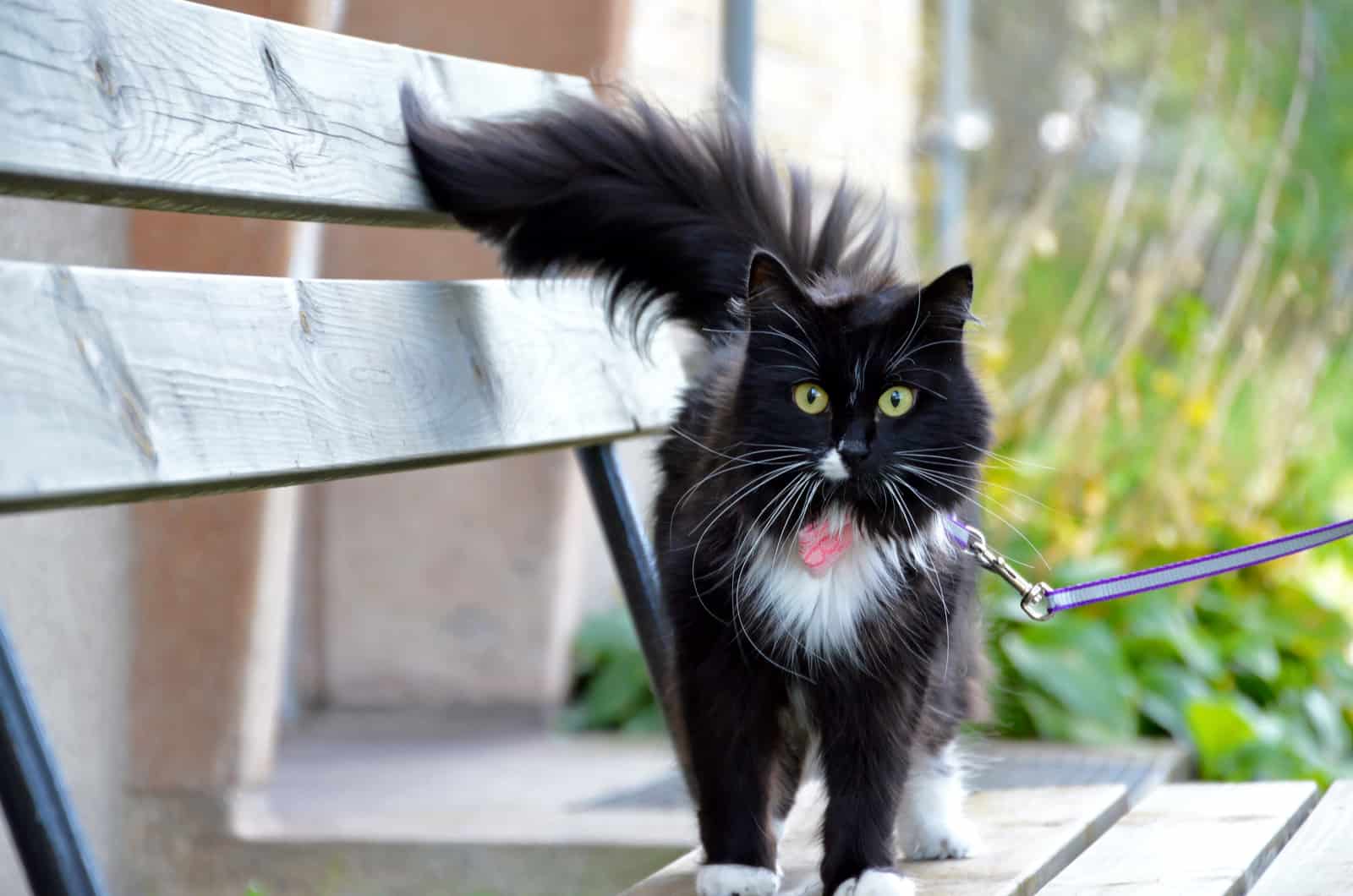
Cats’ whiskers are a very important part of their body that is crucial for their everyday activities. They appear to be plain thick hairs, yet they are more than that.
They function as a GPS or radar system, allowing cats to move more efficiently in low light or darkness, crawl through tight spaces, identify specific items such as predators or objects, calculate distance, or analyze if they can squeeze through a small place.
The vibrissae, or whiskers, of a cat, are thick hairs that link to the neurological system and muscles. They also have a sensory organ proprioceptor, which helps them to perceive various objects around them.
The whisker hair comprises very deep follicles and sacs with nerve endings. The information is conveyed to the cat’s brain and nervous system via these touch receptors.
As a result, we can see that whiskers are quite delicate and should be handled with care.
Most importantly, it’s critical to take proper care of the cat’s whiskers and avoid trimming, curling, or doing anything else with them because doing so might harm them and lead to more problems, as I already mentioned.
See also: Why Are Cats Whiskers So Long? 10 Amazing Facts
FAQ
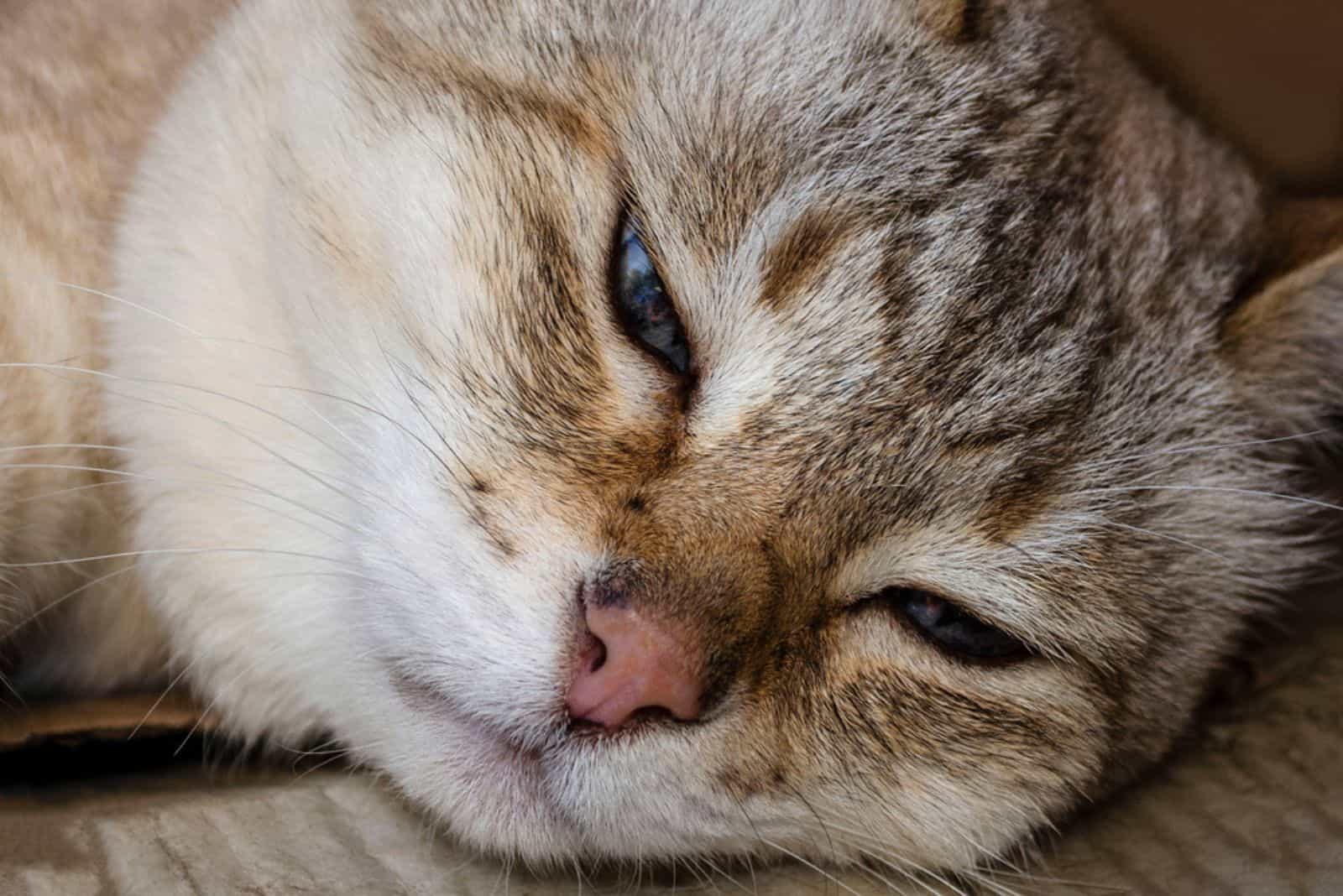
Is whisker fatigue painful?
Not necessarily, but it can be. Some cats develop whisker fatigue when their delicate whiskers are repeatedly rubbed up against things, such as water or food bowls.
This produces discomfort and occasionally pain, which makes drinking and eating difficult for our cats.
What is the difference between “whisker fatigue” and “whisker stress”?
Whisker stress is simply another term for whisker fatigue. It is basically the overstimulation of your cat’s whiskers, most often during eating or drinking. This might lead to overall stress, discomfort, behavioral issues and changes over time.
How do you know if your cat has whisker stress?
You will most likely notice whisker fatigue as soon as it starts since your cat will most likely change its eating behavior. Mealtime will be different, and that will, normally, raise a concern.
If you notice your cat is pawing at its food or its face, you will want to know the reason for this behavior. There are different causes (underlying causes) that could be portrayed through this behavior change, but whisker fatigue can be one of them.
Only after you’ve changed your cat’s food and water dishes should you look for other reasons for its behavioral changes (if they don’t stop).
How do you relieve whisker fatigue?
Switching their food and water bowls to shallower, wider bowls is a simple way to decrease or eliminate whisker stress. You might also want to provide them with a water fountain instead of the typical stainless steel cat bowls.
What should I do if I see signs of whisker stress on my pet?
Luckily, whisker fatigue is easily solved: simply replace your cat’s bowls you’ve been using for food and water. Consider changing them to wider and more shallow bowls or even a plate instead of a food bowl.
This will give your cat plenty of space for eating and drinking without its whiskers constantly rubbing against the sides. This is a great solution for whisker fatigue and, overall, for cats with overly sensitive whiskers.
Read more about cat’s whiskers in 5 Myths About Cat Whiskers & Good Luck + 10 Superstitions
Final Thoughts
Whisker fatigue happens when your cat uses its whiskers more frequently than usual. If your cat is inherently afraid or anxious, or its whiskers are more sensitive, it will experience more intense whisker fatigue.
Observing your cat’s behavior during mealtime can help you determine whether your cat is anxious and can also reveal any indications of whisker fatigue.
The most common cause of whisker fatigue is over-usage or over-stimulation of the whiskers, in which case you may observe your cat pacing in front of the bowls, being reluctant to eat, yet seeming hungry.
You’ll also notice your cat pawing at food and eating off the ground, avoiding mealtime, or acting aggressively toward other animals around food; these are all symptoms to watch for.
Fortunately, whisker fatigue may be easily reduced or eliminated. Changing your cat’s water and food dishes is the best option.

